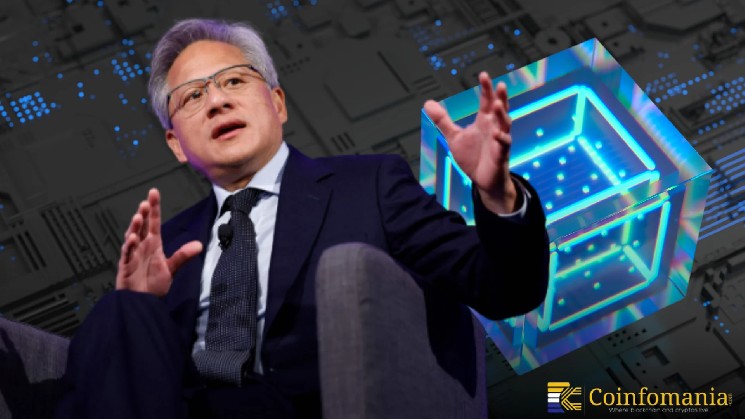A new article shared by 吴说区块链 (@wublockchain12) provides an in-depth analysis of the future possibilities of blockchain. “How Much Room Does Blockchain Need?” written by Lightning Huang Shiliang (Streak Lightning Yellow World Bright) “Basic Needs Analysis” focuses on the driving force behind every major industry, its “core”.
Huang said the kernel is not a product or technology. It is the purest demand for explosive growth in the industry. In the first years of blockchain, its demand was focused on circumventing the traditional financial system.
Integrating financial rebellion and real life
The main driver of blockchain’s first decade (2009-2019) was the desire to challenge traditional finance. Cryptocurrencies such as Bitcoin and Ethereum have become tools of freedom and decentralization. But the landscape has changed. After the speculative bubble burst, the market began to look for real, lasting value. Huang said today’s “kernels” combine the efficiency benefits of blockchain (instant transactions, global reach, low costs) with real-world stability.
Huang focuses on how blockchain can change industries and make systems faster, cheaper, and more transparent. Supply chain management and trade finance, sustainable energy systems – this is just the beginning of the applications. Experts also point out that blockchain’s potential to ensure trust without intermediaries could redefine banking, payments, and even governance. 2025 will focus on integrating decentralized efficiency and regulatory trust – the balance needed for mainstream adoption.
The industry is ready to expand
This article, with the help of Wu Blockchain’s many Chinese readers, marks the maturation stage in the evolution of blockchain. No longer associated with speculative trading, this technology is entering an era of utility-driven growth. By combining digital innovation with physical stability, blockchain has the potential to open new markets and build sustainable global infrastructure. As Huang concludes, the future lies with those who understand the “inner core” of blockchain: the basic human needs for trust, efficiency, and transparency.


